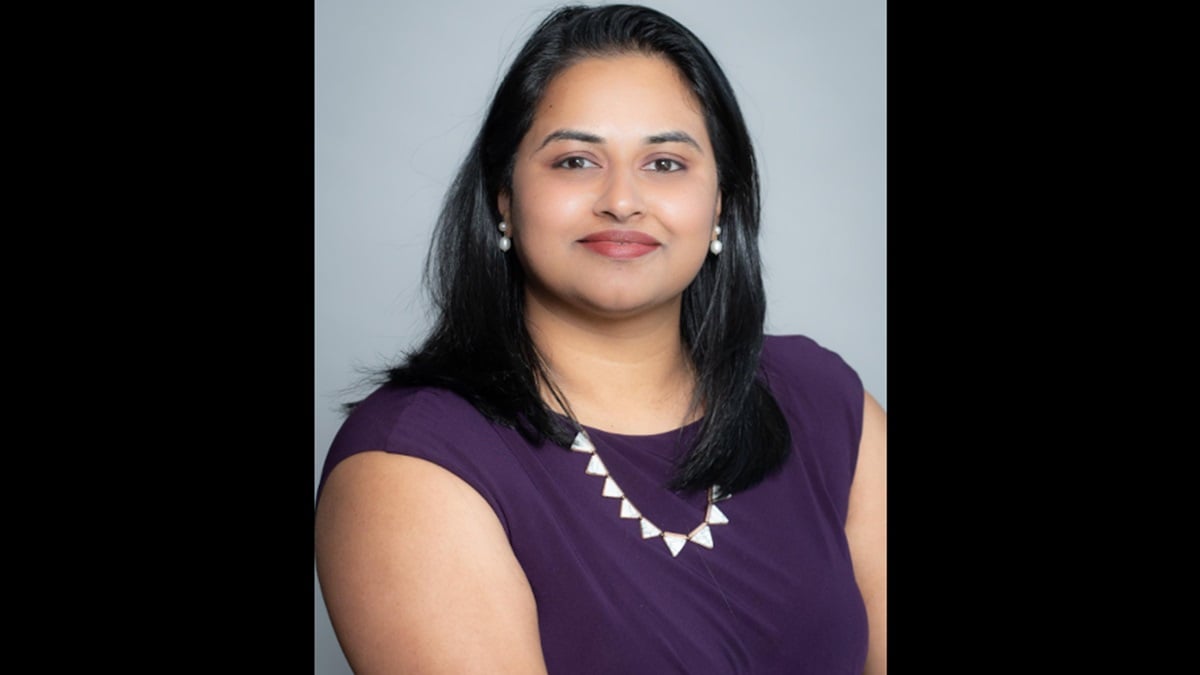Securing The Future: An Insightful Journey Into Cybersecurity With Sneha Aravind | File Photo
The digital realm faces unprecedented security challenges daily. Among those charting new territories in cybersecurity stands Sneha Aravind, whose innovative approaches and strategic vision have redefined industry standards. In this revealing conversation, she opens up about her unconventional career path, revolutionary security strategies, and transformative leadership in the digital age.
Q1: Your shift from telecommunications to cybersecurity was unconventional. What sparked this transition, and how has it shaped your security mindset?
A: Looking back, my transition feels almost predestined. My work with transmission systems opened my eyes to network vulnerabilities that many security professionals might overlook. While configuring microwave equipment and managing infrastructure projects, I discovered patterns in network behavior that later proved invaluable in threat detection. This unique vantage point helped me develop security strategies that consider both technical intricacies and broader system dynamics.
Q2: When crafting security frameworks for emerging systems, what innovative approaches have you developed?
A: I’ve pioneered what I call the “Adaptive Security Matrix” approach. Instead of following traditional security blueprints, we map potential threat vectors against system capabilities in real-time. This dynamic framework integrates continuous monitoring with automated response protocols. By combining NIST principles with agile security methodologies, we’ve created systems that evolve alongside emerging threats. The key innovation lies in building security layers that adapt to both known vulnerabilities and unforeseen challenges.
Q3: Your cloud migration strategies have gained attention. Can you share a breakthrough moment from your recent projects?
A: During a critical AWS migration project, we faced an unexpected challenge with legacy data systems that traditional migration protocols couldn’t handle. This led to developing what we termed the “Secure Bridge Protocol” – a revolutionary approach combining encrypted data channels with real-time integrity verification. The breakthrough came when we implemented adaptive security checkpoints that automatically adjusted protection levels based on data sensitivity. This innovation reduced migration time by 40% while enhancing security metrics across all parameters.
Q4: How do you ensure security protocols remain effective across diverse project teams?
A: I’ve developed the “Collaborative Security Framework” – a radical departure from conventional top-down security policies. Each team contributes to evolving security practices through monthly innovation workshops. We’ve established virtual security labs where teams experiment with different scenarios and develop targeted solutions. This approach has transformed security compliance from a checkbox exercise into an engaging, collaborative process that consistently yields innovative protection strategies.
Q5: Your 5G security architecture has broken new ground. What unique challenges did you address?
A: The 5G landscape demanded completely fresh thinking. We developed the “Multi-Layer Defense Matrix” specifically for 5G environments. This framework addresses unique challenges like network slice security and dynamic resource allocation. Our breakthrough came in creating adaptive security protocols that automatically reconfigure based on network behavior patterns. This approach has revolutionized how we protect high-speed, low-latency communications while maintaining robust security standards.
Q6: You’ve reimagined security SOPs for modern org.zations. What innovations stand out?
A: Traditional SOPs often fail in dynamic digital environments. I developed the “Living Security Protocol” system – dynamic documents that evolve through AI-assisted updates and real-world feedback. These protocols automatically adapt to new threats while maintaining operational efficiency. The innovation lies in creating guidelines that remain relevant through technological shifts while ensuring consistent security standards.
Q7: How have you transformed the communication of complex security concepts to non-technical stakeholders?
A: I pioneered the “Security Impact Visualization” method. Instead of traditional risk reports, we create interactive scenarios demonstrating real-world implications of security decisions. This approach transforms abstract security concepts into tangible business outcomes. Through dynamic modeling and practical demonstrations, we’ve bridged the gap between technical requirements and business objectives, making security priorities clear to all stakeholders.
Q8: Your threat modeling sessions have received recognition. What makes them unique?
A: I’ve reimagined threat modeling through what I call “Dynamic Scenario Mapping.” Unlike traditional workshops, we create immersive environments where teams experience potential security breaches firsthand. This approach combines technical analysis with practical scenario planning, leading to more comprehensive security solutions. The sessions evolve based on emerging threats and team insights, creating a continuously improving security framework.
Q9: How has your commitment to diversity influenced your security leadership approach?
A: My experiences in promoting diversity have revolutionized our security strategies. By incorporating varied perspectives, we’ve uncovered blind spots in traditional security approaches. I’ve initiated “Inclusive Security Forums” where diverse teams collaborate on security challenges, leading to breakthrough solutions that might otherwise be overlooked. This approach has not only strengthened our security posture but has also created new pathways for underrepresented groups in cybersecurity.
Q10: What innovative advice would you give to those entering the cybersecurity field today?
A: The cybersecurity landscape demands a paradigm shift in learning approaches. Focus on developing what I call “Adaptive Security Intelligence” – the ability to anticipate and respond to emerging threats while maintaining core security principles. Engage in experimental projects that challenge conventional security thinking. Build networks across different security domains, and always question established practices. Success in modern cybersecurity requires constant innovation and the courage to explore uncharted territories.
Sneha Aravind’s revolutionary approaches to cybersecurity highlight the importance of innovative thinking in digital protection. Her unique methodologies and forward-thinking strategies continue to influence how org.zations approach security challenges. As the digital landscape evolves, her insights serve as a valuable blueprint for the future of cybersecurity leadership.

